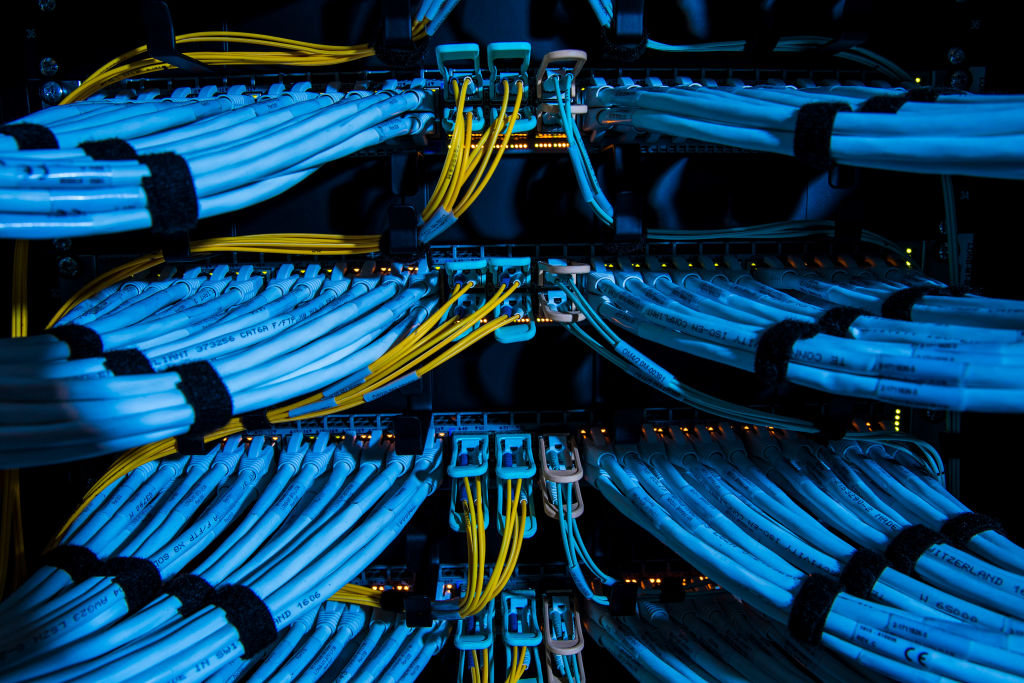If you had any doubts about whether data centers are driving the global economy, a new report from the International Energy Agency (IEA) should put them to rest. This year, the world will spend $580 billion on data centers, $40 billion more than it will spend on new oil supplies.
“This point of comparison provides a clear indicator of the changing nature of today’s highly digitalized economy,” the agency said in its report.
Power consumption by AI data centers is expected to increase five times by the end of the decade, and the total power used by all data centers today is expected to double. Traditional data centers also consume more energy, but the increase is less dramatic.
According to the IEA, half of the demand growth is expected to occur in the United States, with most of the rest coming from Europe and China.
The agency said most new data centers are being developed in large cities with populations of more than 1 million people. Half of the pipelines are at least 200 megawatts, and most are being built near other data centers.
“The rapid construction of data centers, especially around clusters and urban areas, presents challenges,” the IEA wrote. “Grid congestion and connection queues are increasing in many regions, and connection queues for new data centers are often already long.”
In some markets, like Northern Virginia, grid connection wait times can be as long as 10 years. In Europe, the city of Dublin has suspended all new interconnection applications until 2028.
tech crunch event
san francisco
|
October 13-15, 2026
The power grid supply chain is also a new pinch point, with cables, critical minerals, gas turbines and transformers slowing upgrades, the agency said.
Some companies, including Amperesand and Heron Power, are working on solid-state transformers, which are expected to be a major upgrade to the 100-year-old technology that currently governs parts of the power grid. We can better integrate renewable energy, respond more quickly to grid instability, and accommodate transitions. But initial implementation will take at least a year or two, and ramping up production will take some time.
The IEA expects that renewable energy will provide the majority of power for new data centers by 2035, whether countries maintain current policies or pursue more aggressive emissions reductions. Solar power has become particularly popular among developers, as costs have fallen significantly in recent years.
Over the next 10 years, approximately 400 terawatt-hours of the data center’s power will come from renewable energy sources, and natural gas will provide approximately 220 terawatt-hours of power. The IEA expects small modular nuclear power plants to contribute 190 terawatt-hours to data centers if they deliver on their promises.
Source link

